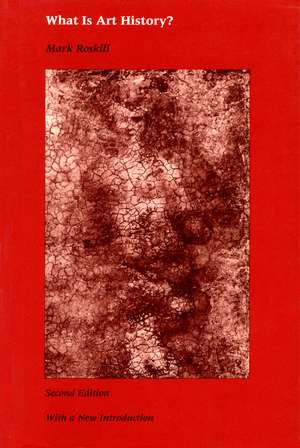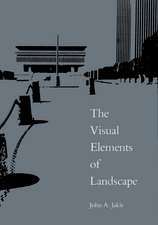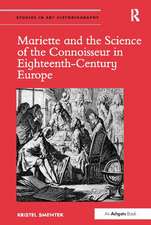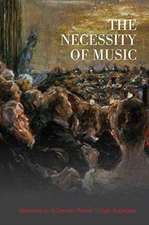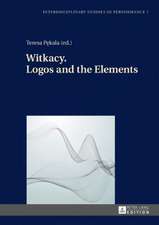What Is Art History?
Autor Mark Roskillen Limba Engleză Paperback – 18 sep 1989
An introduction to the way art history works. A classic in its field, What Is Art History? now appears in a second edition with a new introduction by the author.
Preț: 240.50 lei
Nou
Puncte Express: 361
Preț estimativ în valută:
46.03€ • 47.55$ • 38.30£
46.03€ • 47.55$ • 38.30£
Carte tipărită la comandă
Livrare economică 26 martie-09 aprilie
Preluare comenzi: 021 569.72.76
Specificații
ISBN-13: 9780870236754
ISBN-10: 087023675X
Pagini: 200
Dimensiuni: 154 x 229 x 10 mm
Greutate: 0.29 kg
Ediția:Second Edition, Second Edition
Editura: University of Massachusetts Press
Colecția University of Massachusetts Press
ISBN-10: 087023675X
Pagini: 200
Dimensiuni: 154 x 229 x 10 mm
Greutate: 0.29 kg
Ediția:Second Edition, Second Edition
Editura: University of Massachusetts Press
Colecția University of Massachusetts Press
Notă biografică
Mark Roskill was professor of art history at the University of Massachusetts, Amherst. He is author of The Interpretation of Pictures and coauthor with David Carrier of Truth and Falsehood in Visual Images.
Recenzii
"Roskill defines the scope, high degree of skill and professional discipline coupled with increasing scientific methods utilized by today's art historian in order to establish criteria and to develop aesthetic perception while explaining art history's methods and techniques, citing a number of case histories. The succeeding eight chapters illustrate the various methods of solving individualized yet well-known problems that have occurred in art history over the past half century. . . . The text is liberally illustrated with 127 pertinent black-and-white photographs of quality. . . . Readably written in an exciting style, it is certainly useful."—Choice
"Instead of attempting to describe art history in terms of concepts and abstractions, the author has had the excellent idea of giving the reader a set of case histories. The result is as fascinating as any detective story. Professor Roskill shows us, for example, how the problem of the collaboration between Masaccio and Masolino in the Brancacci chapel has been gradually resolved, how the attribution of paintings to Giorgione has been made easier by a proper use of historical sources, and how Georges de la Tour has been recognized as a major painter only in the twentieth century. But perhaps the general reader will find the chapter on the Dutch forger Han van Meegeren the most fascinating section of all, not merely because of the intrinsic interest of the story, but also because of the author's concluding remark that 'after a certain lapse of time--some say as short as 25 years--even the most imaginative forgery begins to look less convincing.' One cannot help feeling that the relevance of this remark is not confined solely to the realm of art history. Altogether this is a splendid book that cannot be recommended too highly."—History
"Instead of attempting to describe art history in terms of concepts and abstractions, the author has had the excellent idea of giving the reader a set of case histories. The result is as fascinating as any detective story. Professor Roskill shows us, for example, how the problem of the collaboration between Masaccio and Masolino in the Brancacci chapel has been gradually resolved, how the attribution of paintings to Giorgione has been made easier by a proper use of historical sources, and how Georges de la Tour has been recognized as a major painter only in the twentieth century. But perhaps the general reader will find the chapter on the Dutch forger Han van Meegeren the most fascinating section of all, not merely because of the intrinsic interest of the story, but also because of the author's concluding remark that 'after a certain lapse of time--some say as short as 25 years--even the most imaginative forgery begins to look less convincing.' One cannot help feeling that the relevance of this remark is not confined solely to the realm of art history. Altogether this is a splendid book that cannot be recommended too highly."—History
